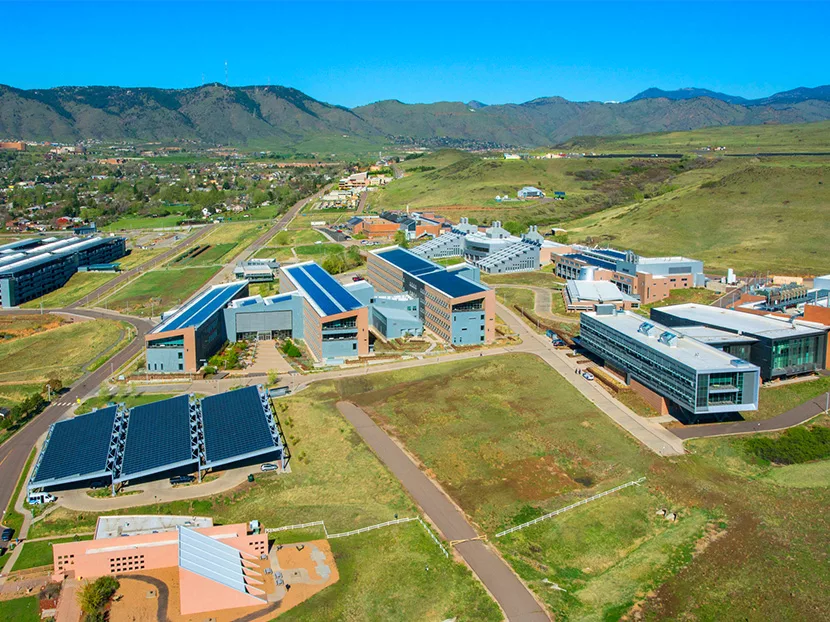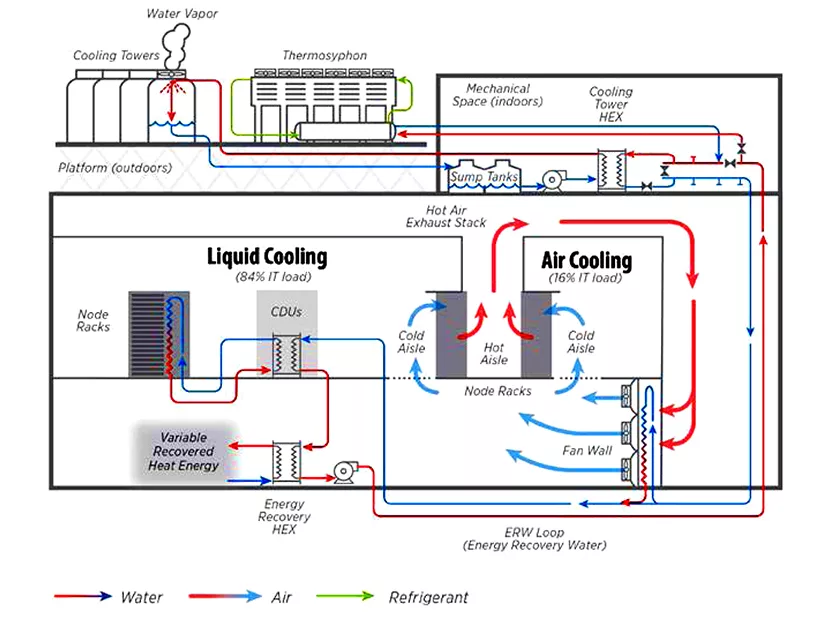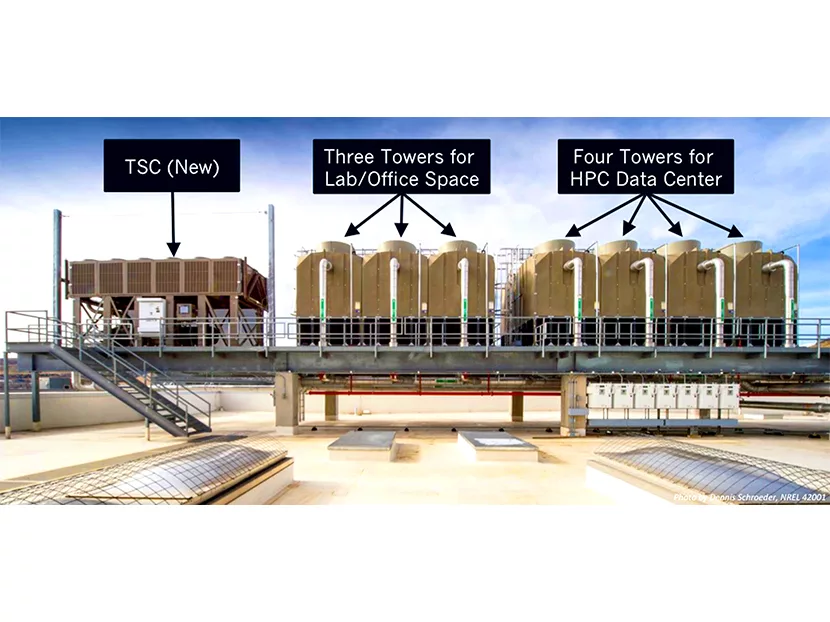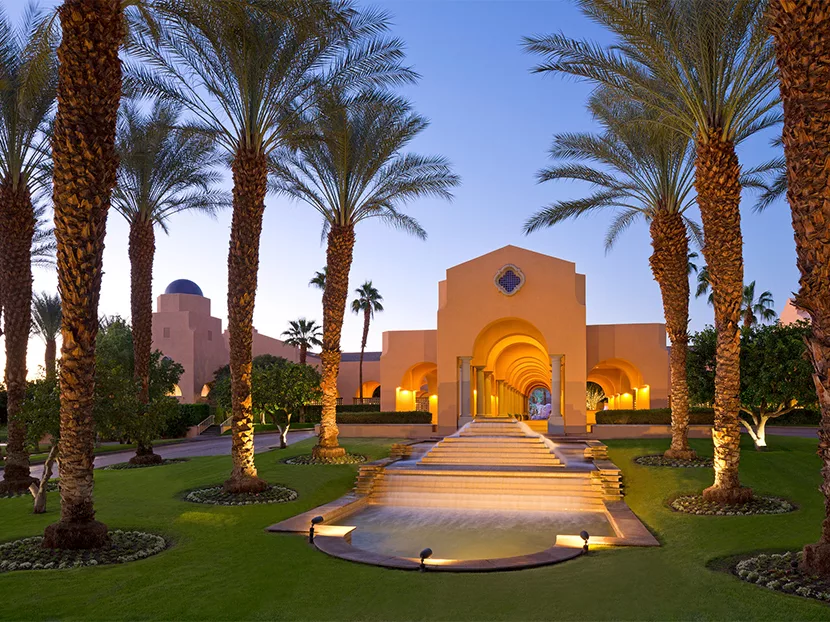Last month a woman in California went to a doctor complaining of a mystery illness. He checked her over and wrote a prescription noting, “Take the white pills in the morning with two large glasses of water, the blue ones at about 10 a.m. with another glass of water, and the pink pills at lunchtime with two more glasses of water.”
“What’s wrong with me,” she asked.
“You’re dehydrated,” the doctor said.
Water is life. Without consuming water, you would pass away in less than a week.
Physicists know that the volume of water on the planet remains pretty constant. The availability of uncontaminated fresh water in the right place at the right time for human consumption and growing food, however, is one of the key struggles for humanity. About 70 or 80 percent of our water usage is related to growing our food. As we all know, we are polluting the waterways with garbage, industrial chemicals and nitrogen from agriculture, and frying the driest landscapes even more by pumping carbon into the air. We are not making the struggle easier for 7.6 billion people, which will increase to nearly 9 billion people in a couple of decades.
The cost of overuse
In the next 30 years, the demand for fresh water is expected to increase by 50 percent while many of our waterways are receding or disappearing. At least 21 of the world’s 37 main aquifers are in serious decline. By some estimates, the Ogallala, which lies beneath eight states in the Midwest, is already 30 percent depleted and may lose that much again in the next 50 years. Scientists say it could take thousands of years to refill it if that’s even possible. NASA says most of the world’s freshwater sources are draining faster than we can replenish them.
With seawater seeping into drinking water in Florida and drought in the Southwest, we’re in some trouble. Recent intense rainfall in the region might make us think the southern dry spell is going to correct itself, but the truth is, that‘s unlikely. Along with California, Nevada, Washington, Oregon, Utah, Montana, Idaho, and South Carolina are all officially water-stressed.
We all know how this affects our industry. According to the American Water Works Association, the Consumer Price Index increased by about 2.4 percent in the first 15 years of this century, while water rate increases averaged 5.5 percent, and wastewater rate increases averaged 6.1 percent. Many of us are acutely aware that increases have been considerably higher in some key regions and cities, partly because of the cost of replacing aging infrastructure. In addition, the more water our customers use, the more energy they need to move that water through heating, cooling and plumbing systems. So, in addition to being a planetary imperative, conserving water is a national issue and, for us, a customer concern. Like energy efficiency, the focus on saving water is likely to continue growing, no matter what’s going on in the White House.
New cooling tower technology saves a lot of water
The U.S. Department of Energy’s National Renewable Energy Laboratory (NREL) has been working with Johnson Controls and Sandia National Laboratories on a new wet/dry hybrid system that interacts with cooling towers and saves between 25 and 80 percent on water. The first project was a retrofit in which it added a system called a Thermosyphon Cooler (TSC) and some sophisticated controls that basically follow the principle of “use wet cooling when it’s hot, and dry cooling when it’s not.”
It was modeled to save 56 percent on water and it seems to have done so. After 19 months in operation, it saved almost 2 million gallons, against about 3.5 million gallons the system previously used in a 19-month period. The facility is part of NREL’s own 192,000 square feet of offices, labs and data center in Golden, Colorado. Another Thermosyphon is also being installed at the Sandia labs in Albuquerque, New Mexico. The facility situation is different and they expect to save as much as 4.3 million gallons each year at full build-out. Johnson Controls says the solution will work in facilities with year round heat rejection including manufacturing and process plants, universities, hotels, and hospitals.
In the Golden lab, the system also provided an added advantage according to David Sickenger of NREL HPC Systems & Operations. “We were doing cooling tower preventive maintenance and a valve handle snapped off. Instead of experiencing a full data center outage we were able to wait for a cooler day and rely on the Thermosyphon to handle the entire heat rejection of the load during the valve repair."
“When something like that happens at a research lab, it can be pretty serious,” says Tom Carter, senior program manager at Johnson Controls. “With DCs, any outage is bad, not only for the day or two that you’re actually offline, but also because all the researchers have to ramp down their projects and then ramp them back up again, losing more time. They’ve now begun scheduling regular maintenance for cooler days when they know the Thermosyphon will be running.”
The Thermosyphon Cooler Hybrid System (TCHS) uses evaporative cooling when it is most advantageous and then saves water by modulating toward dry sensible cooling as system operations and ambient weather conditions permit. Innovative fan control algorithms ensure the most economical balance between water savings and parasitic fan energy. The unique low-pressure-drop design of the TSC allows water to be cooled directly by its evaporator without risk of bursting tubes in subfreezing ambient conditions. It will generally pay for itself in water savings after just a few years.
Carter adds, “People sometimes think of it as a binary choice between water and air cooling. It’s hard to beat the cost and efficiency of a cooling tower on a hot day, but on cooler days should we be using a cooling tower? The owner has to pay for both water and energy and the cost of water is increasing the fastest. This system calculates the optimal tradeoff and gives owners the best value. I think it’s the future of cooling tower operation.”
This unit reduces blowdown water & improves re-use
Westin Mission Hills Golf Resort and Spa in Rancho Mirage, California uses Vortex Process Technology (VPT), coupled with UV treatment to increase the Cycle of Concentration in cooling tower water. This achieves water savings in two ways: Primarily it reduces the amount of blowdown water needed by eliminating microbubbles, and it also makes the outgoing blowdown water more suitable for grey water re-use applications. In the case of the resort, water reductions are between 23 and 30 percent. In addition, it saves up to 90 percent on water treatment chemicals and also reduces electricity use by 6 or 7 percent, because pumping is decreased, and flow is enhanced.
The equipment is made by Watreco and sold by Cypress energy consulting in Coto de Caza, California. Tom Smolarek at Cypress estimates that there are more than 500,000 cooling towers in the state and that 550 million gallons of water could be saved in just three years if they raised their Cycle of Concentration (COC) from 3.5 to 5. With the addition of an optional nano-filter, they can further increase the COC to 8 or 10. The latter option was selected at the Westin and after six months, the resort is on track to save 1.8 million gallons of water for the year, reducing usage by a 900-ton chiller from 6.5 million gallons to 4.7 million gallons.
The same technology is used by Heineken, and because the blowdown water quality is enhanced, it reuses it for cleaning and rinsing the brew kettles, vats, tuns, piping and so on. It is also being used by the biopharma company Amgen in Thousand Oaks, California, saving about 2 million gallons of water each year, 95 percent on chemicals and paying for itself in under three years.
Smart meters save water
The East Bay Municipal Water District knows about leakage. It serves 1.4 million people with whom it has installed 400,000 smart meters in Northern California. Leakage is important to water companies and “non-revenue water” matters to them too. Non-revenue means it was lost, stolen, or inaccurately metered rather than being received and paid for by customers. When the district began analyzing data from meters it showed that about a quarter of customers had some sort of leak, usually from pipes, toilets, water-softeners or irrigation systems. Irrigation. It’s tough when the problem is below the surface. (How bad was the Deepwater Horizon Oil Spill? Pretty bad. They’ve started drilling for water).
Does resident education using smart meters save water? Yes, a little, but they are still figuring out how to nuance customer dialogue. Don’t forget, customer communications in this area are often left in the hands of IT professionals. Enough said.
But even user-friendly thermostats have famously achieved modest results. The machine learning route of the Nest thermostat, as an example, has performed better, because it doesn’t rely too much on human choices. There is certainly a ‘big brother’ dimension to smart thermostats and smart water meters. And in some jurisdictions, they are not trying to hide that fact. One report in severely water-stressed Capetown, South Africa, quoted the Mayor as saying, “We can no longer ask people to stop wasting water. We must force them.” If your smart meter indicates you’ve gone over your quota, they jack up your bill by 414 percent. In one Capetown district, they put smart meters in 41 schools, and not surprisingly, saved 7,629,956 liters.
Back here in America, the water meter police are a little less brutal. Pleasanton City, California deployed 22,000 meters and reduced usage voluntarily by 11 percent. As mentioned, smart meters help homeowners realize when they have a leak because they take readings at least hourly, which means at least once per day consumption should be zero. If that never happens you probably have a leak.
When combined with real time websites, they also help homeowners get exact and timely feedback on changes they’ve made, such as buying a low flow sprinkler, or simply trying to make better choices. Smart meters have also made it possible for some jurisdictions to implement fairer water budgets based on property specifications, rather than imposing a flat quota on everyone, big user or small. And when things get really difficult, they help utilities enforce requirements on outdoor watering such as restricting it to evening hours or particular days of the week. In general, smart meters offer smarter water management and thus save water; and as they spread across America, their value should increase.
Grey water irrigation saves water
Plants and trees drink water, and the most efficient way to provide irrigation is in close proximity to the roots.
Drip irrigation accomplishes this feat, and a similar sub-surface technology goes one better. Rather than use freshwater, it delivers plant-safe grey water to the roots of vegetation around homes and other buildings. Author Laura Allen sent us a beautiful drawing of what a very simple household system looks like.
Her friend Leigh Jerrard from Greywater Corps installs some of these in three configurations. His elegant solutions follow what he calls appropriate technology design principles: small-scale, low-tech simplicity and natural processes. “Instead of sterilizing greywater for storage, don’t store greywater. Instead of complicated filters, use bigger emitter holes. Instead of a water-purifying system, use natural soaps and shampoos that won’t harm the environment.” The company’s most complicated system is not complicated. The “Pumped system avoids the three major failure points — storing greywater, which is destined to turn septic, filtering greywater (maintenance, cleaning, and clogging issues), and driplines, which will ultimately clog.”
Drain lines from the bath, shower, bathroom sink and washer are reconfigured to drain to a diverter valve, which can send water to either the sewer or the greywater system. The user can turn it off with the flick of a switch. The system includes a surge tank housing a submersible effluent pump operated by a float switch. As water enters the tank, it automatically turns the pump on sending water out to irrigation. The surge tank includes a safety overflow to the sewer line and a backwater valve. Some systems include an automatic freshwater flush that shoots some clean water into the tank every 24 hours, cycling the pump and flushing the tank and lines. It prevents standing greywater in the tank and can be used as makeup for additional irrigation, and/or allowing irrigation to continue if the house is unoccupied.
Water is distributed through subsurface ball valves, each set in a protective valve box enclosure within a wood chip mulch basin, which allows greywater to percolate out laterally. No tubes or valves are smaller than 1/2 an inch. Lint and soapsuds pass through without the use of filters (except wood chips). No filter cleaning needed. If clogging occurs, it’s easy to open the ball valve and blast it out; usually during annual maintenance. The pumps are designed for greywater and last about 17 years. Mulch beds are replenished every few years. The company has installed about 400 systems with few issues. By reusing greywater, you save 10,000 to 50,000 gallons per year, and reduce septic tank volume by about 50 percent, if applicable.
If your business is not improving, maybe you should look at some of these innovative, quickly growing water conservation technologies. They’re probably easy to sell. Then you won’t have to sweat about paying the bills. Doctors say on a hot day we can lose more than a liter of water just to perspiration. So, remain cool, help your customers save water, and don’t get dehydrated.








